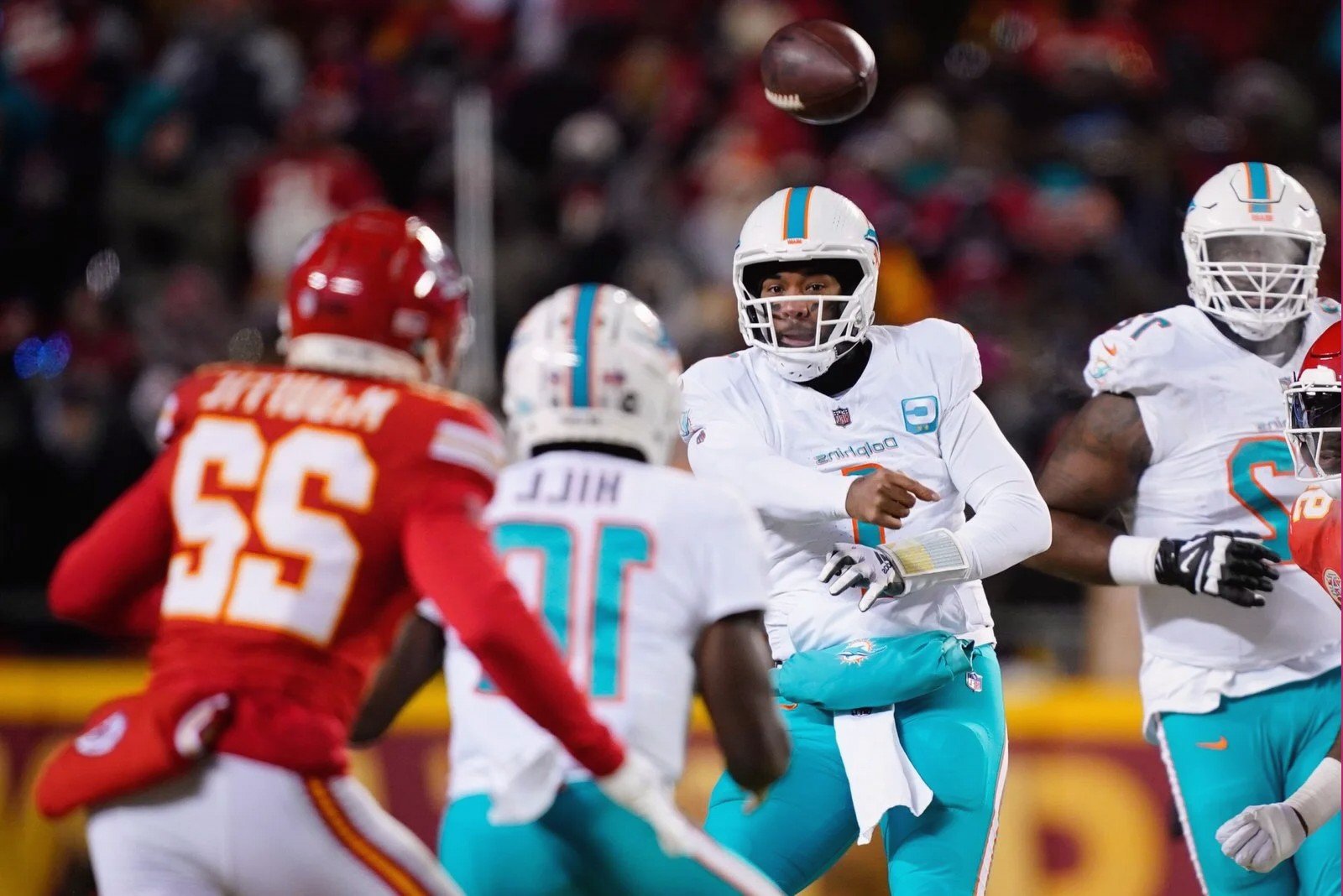How To Use Opening, Closing, And Look-ahead Lines To Make Smart NFL Bets
Shawn Wronka and Adam Chernoff discuss the importance of understanding NFL betting lines—particularly the opening, closing, and look-ahead lines. While most bettors simply glance at the lines and place their bets, these lines are actually part of a complex and evolving market that savvy bettors can exploit.

NFL lines are unique in that they often span nearly two weeks, unlike other sports where lines may only be available for 24 hours. The typical timeline for NFL lines is as follows:
– Lookahead lines open two Tuesdays or Wednesdays before kickoff.
– Lookahead lines close as the current week’s Sunday games begin.
– Lines reopen as Sunday afternoon games end.
– Lines adjust from Tuesday through Sunday morning as limits increase.
– Lines close at kickoff.
Why Understanding Line Movement Matters
NFL games are inherently unpredictable, with only 17 games per season and high variance in each one. Bettors often recall game outcomes as binary results, leading to crowd-sourced narratives that can influence betting lines. Sportsbooks anticipate these narratives and adjust lines between the closing of lookahead lines and the reopening of weekly lines to manage liabilities.
For example, common narratives like “Lamar Jackson chokes in big games” or “Always back Bill Belichick at home” can drive betting patterns. However, going against these popular sentiments can result in a favorable record against the spread, revealing market inefficiencies that sharp bettors can exploit.
How To Identify Value In Line Movements
Pro sports bettor Adam Chernoff explains how to use market shifts from lookahead to reopen and from reopen to close to find value:
1. Injuries: Lookahead lines are set before injury reports are available, so any injuries that occur between then and Sunday can cause significant line movements. Monitoring injury reports is crucial.
2. Misleading Results: NFL lines are heavily influenced by recent performances, often leading to overreactions. Identifying misleading box scores can help spot unwarranted line shifts.
3. Money Flow: Sometimes, a line move is purely driven by where the money is going. Recognizing these moves can help anticipate further line shifts.
4. Comparing Lines: Using closing lines from previous matchups, especially in divisional games, can help you assess whether a current line is off.
Conclusion
– Perception of teams changes faster than the teams themselves, creating opportunities for savvy bettors.
– Injuries can have an understated impact on lines, especially in lookahead scenarios.
– Misleading results can lead to unjustified line movements, which can be exploited.
– Comparing previous matchups can reveal line inefficiencies.
By mastering these concepts, you can better time your bets and secure more advantageous lines.
Check out more gambling articles!

